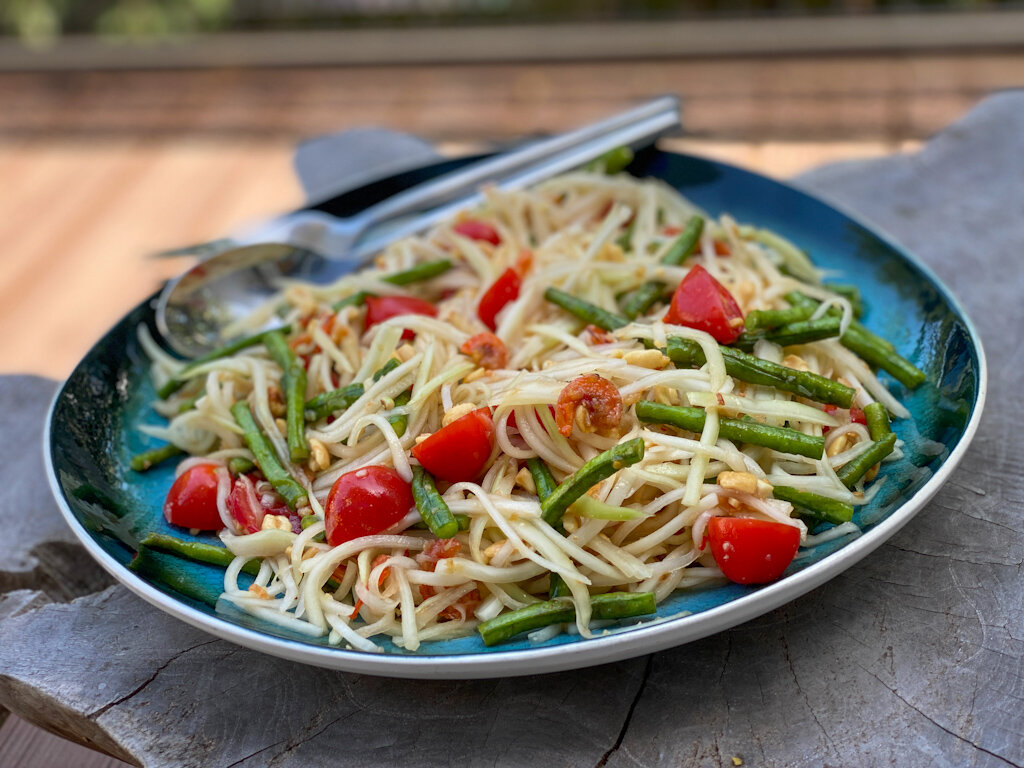By Leslie Brenner
How does this sound: a dish that’s light, easy and quick to prepare, that features whatever fish looks best in the market, that’s super healthy and creates no mess to clean up? And what if it’s not only perfect for a weeknight, but so delicious and lovely to behold that you’d happily present it to someone you truly wanted to impress?
Well, that’s how we felt too, the first time we made the gingery halibut parcels from Andrea Nguyen’s Vietnamese Food Any Day. To achieve it, toss sliced baby bok choy in sesame oil, set a portion’s worth on a sheet of parchment, top with fish (the award-winning author suggests halibut or salmon), spoon onto it a quick sauce of ginger, garlic, oyster sauce, soy and a touch of oil and seasoning, scatter on slices of scallion, wrap it up, and slide it into the oven. Fourteen minutes later you have something wonderful.
How wonderful? I’ve made it four times in the last six weeks. It’s crazy that this simple combo of ingredients turns into something this delightful; the whole is much more than the sum of its parts on this one. Every fish I’ve used so far — halibut, petrale sole and striped bass — cooked perfectly in that package. In that 14 minutes the bok choy achieves ideal texture, the flavors all come together and the sauce envelops all in gingery, umamiful happiness. Salmon will be next. Or scallops. Or snapper.
I like to serve it with brown rice, spooned right onto the parchment to mingle with the sauce; jasmine rice is wonderful with it as well, and gets to the table much quicker.
Enjoy your Recipe for Today!
If you like Recipe for Today, please share it on your social channels or email it to a friend who will enjoy it. Thank you!













